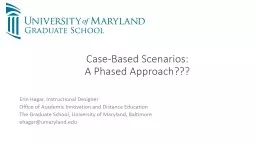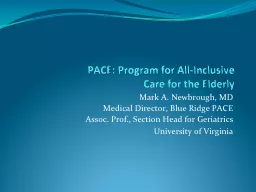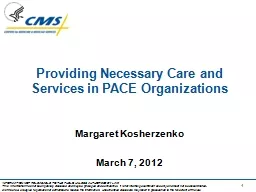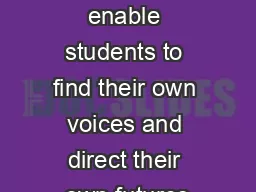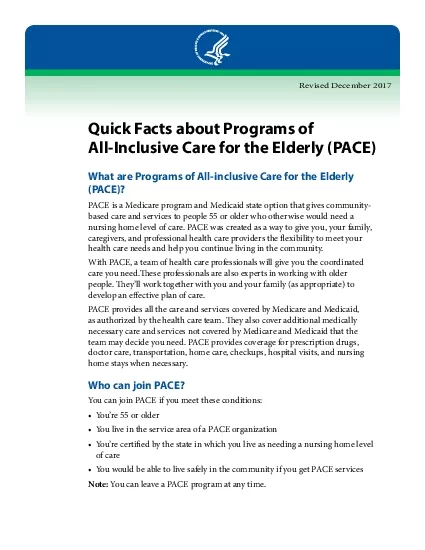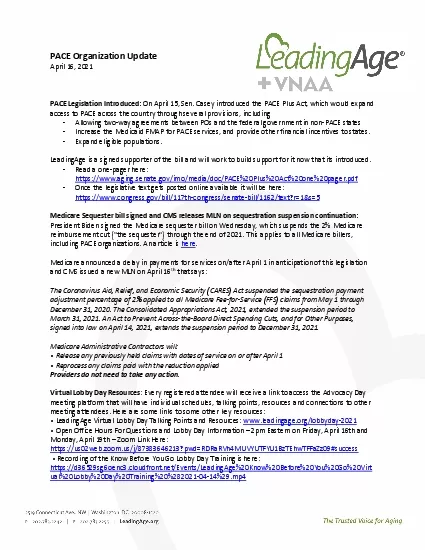PPT-A Case at Their Own Pace:
Author : lindy-dunigan | Published Date : 2019-11-19
A Case at Their Own Pace Staging CaseBased Scenarios Erin Hagar Instructional Designer Office of Academic Innovation and Distance Education The Graduate School University
Presentation Embed Code
Download Presentation
Download Presentation The PPT/PDF document "A Case at Their Own Pace:" is the property of its rightful owner. Permission is granted to download and print the materials on this website for personal, non-commercial use only, and to display it on your personal computer provided you do not modify the materials and that you retain all copyright notices contained in the materials. By downloading content from our website, you accept the terms of this agreement.
A Case at Their Own Pace:: Transcript
Download Rules Of Document
"A Case at Their Own Pace:"The content belongs to its owner. You may download and print it for personal use, without modification, and keep all copyright notices. By downloading, you agree to these terms.
Related Documents

